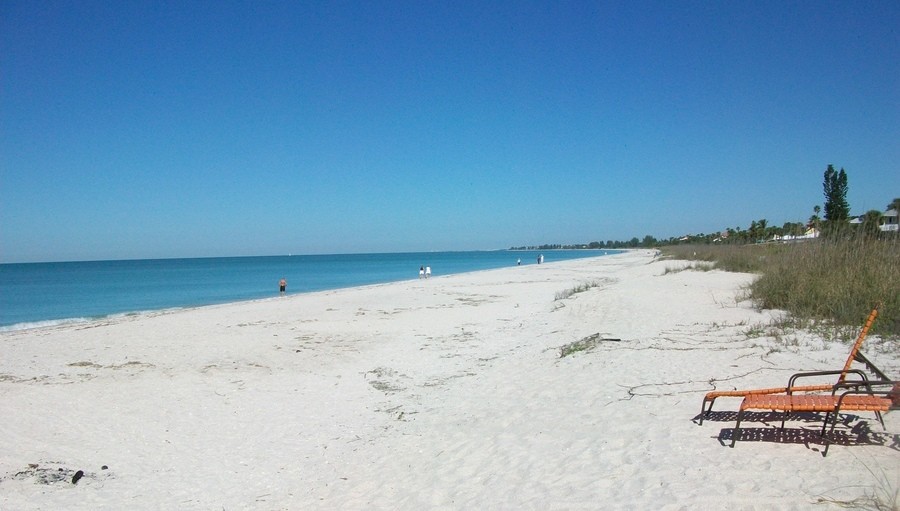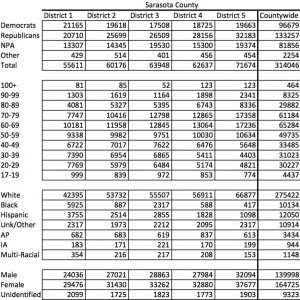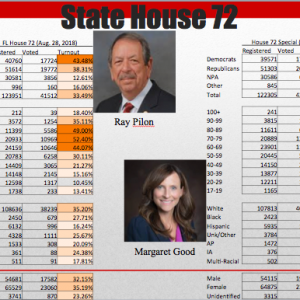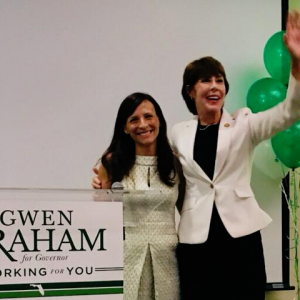More Property Taxes Paid By Newer Construction
Guest Correspondence
SRQ DAILY
SATURDAY SEP 13, 2014 |
BY KEVIN COOPER
SRQ Daily Columnist Kevin Cooper is the vice president for Public Policy and Sarasota Tomorrow Initiatives for The Greater Sarasota Chamber of Commerce
The Sarasota 2050 review process has been characterized by some opponents as being driven by developer-funded interests intent on unleashing unbridled, taxpayer-funded growth east of I-75. On numerous occasions, in print and in public comment, changes to the plan are implied to undermine taxpayer protections to the degree where new development will be funded by current taxpayers.
What is absent from any of these conversations is how much property taxes are generated from new development.
In 2013, there was roughly $31 billion in taxable non-vacant residential property value located in Sarasota County. Of that, about 21 percent was generated by residential parcels developed in the preceding decade (2003-2012). While that time frame included years with some of the highest production Sarasota County has ever seen, it also included years with some of the lowest production. In fact, when staggering decades beginning in 2013, the 10-years between 2003 and 2012 stand as the lowest producing decade since 1963-1972.
If one looks at the most recent 20-year period, which isn’t unreasonable when considering development, new development between 1993 and 2012 accounts for roughly 44 percent of the entire residential non-vacant property tax base. That means that nearly half of Sarasota County’s property tax revenue comes from parcels developed fairly recently. It’s important to note that while these parcels contribute 44 percent of the tax base, they only comprise 33 percent of the total parcels.
Another concept to consider is a property’s non-assessed value. There are several different values that are relevant when reviewing property taxes. The first is the just, or market value; this is the value of the property if it were to be sold on the open market. The second is the assessed value; this is the value of the property based on the administration of Florida Statutes governing property taxes. The third is the taxable value; this is the assessed value minus any applicable exemptions (e.g., homestead) and is the value that property taxes are actually derived from.
The non-assessed value, then, is the difference between what the property appraiser estimates the value of a property to be on the open market (i.e., market value) and the starting value that is used to calculate property taxes (i.e., assessed value). Basically, non-assessed value is a tax break. It’s a portion of the market value of a property that an owner does not pay taxes on. In 2013, there was roughly $3 billion of non-assessed residential property value in Sarasota County. That non-assessed value would have generated over $10 million in property tax revenue if it were included in the taxable value. 70 percent of that non-assessed value existed in homes built prior to 1993, and 86 percent of it existed in homes built prior to 2003.
Older development gets a larger percentage of the non-assessed value property tax break. Newer development pays taxes on more of what their properties are actually worth. There is, not surprisingly, an important caveat to this.
Because of how Florida Statues are structured, non-assessed value is often decreased or eliminated when a property is sold. Non-assessed value in general will, over time, increase as a property remains in the hands of a single owner. That is the result of a Florida Statue that restricts assessed value from increasing more than 3 percent per year, regardless of what happens to the market value.
Of the $31 billion in taxable non-vacant residential property value located in Sarasota County, 58 percent existed in homes that were last sold in the decade extending from 2003-2012. Those properties comprise only 56 percent of the total parcels and carried only 43 percent of the non-assessed value in the County.
Older home sales get a larger percentage of the non-assessed value property tax break. Newer home sales pay taxes on more of what their properties are actually worth.
The link here is that a greater portion of the tax base is propped up by either new homes built or old homes newly sold. Like in the case of sales tax, the property tax base is greatly supported by actual activity. It’s stagnation that depresses a tax base, not activity.
The public should be aware that developers are not “pickpocketing taxpayers” as new neighborhoods are built. When it comes to property taxes, the facts tell a very different story: if a community wants to maintain a healthy property tax base without raising rates or rising property values, both of which come on the backs of the current taxpayer, it needs economic activity in the form of new homes built, and older homes newly sold.
SRQ Daily Columnist Kevin Cooper is the vice president for Public Policy and Sarasota Tomorrow Initiatives for The Greater Sarasota Chamber of Commerce
« View The Saturday Sep 13, 2014 SRQ Daily Edition
« Back To SRQ Daily Archive











